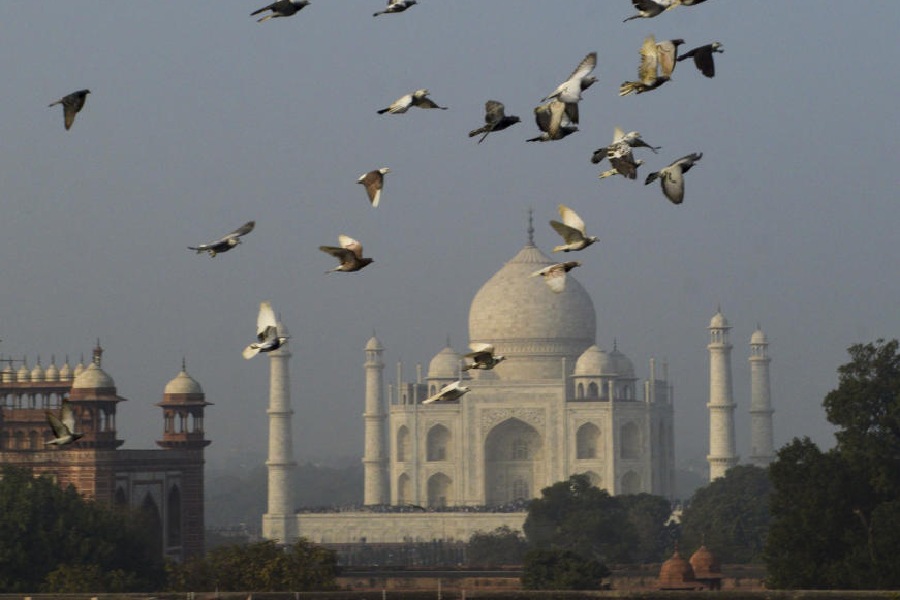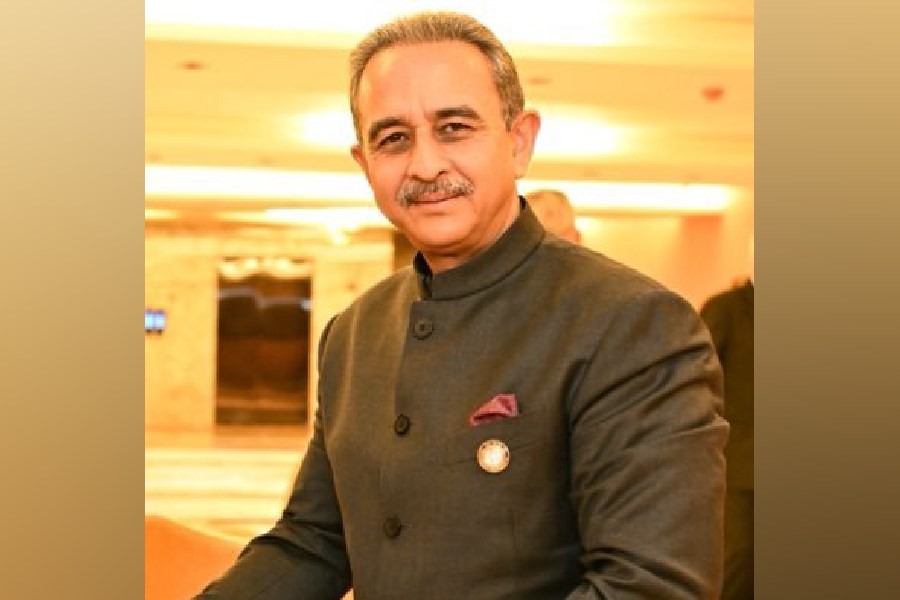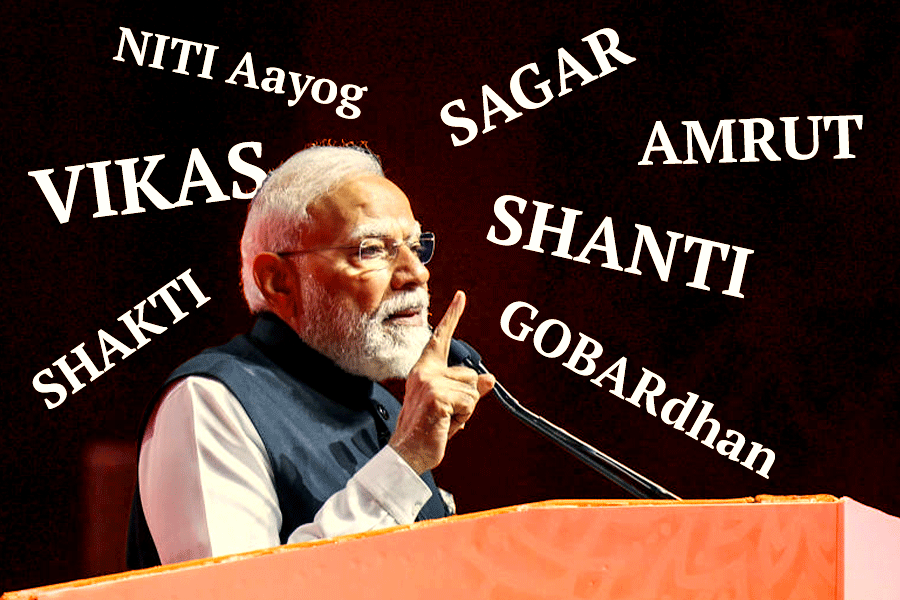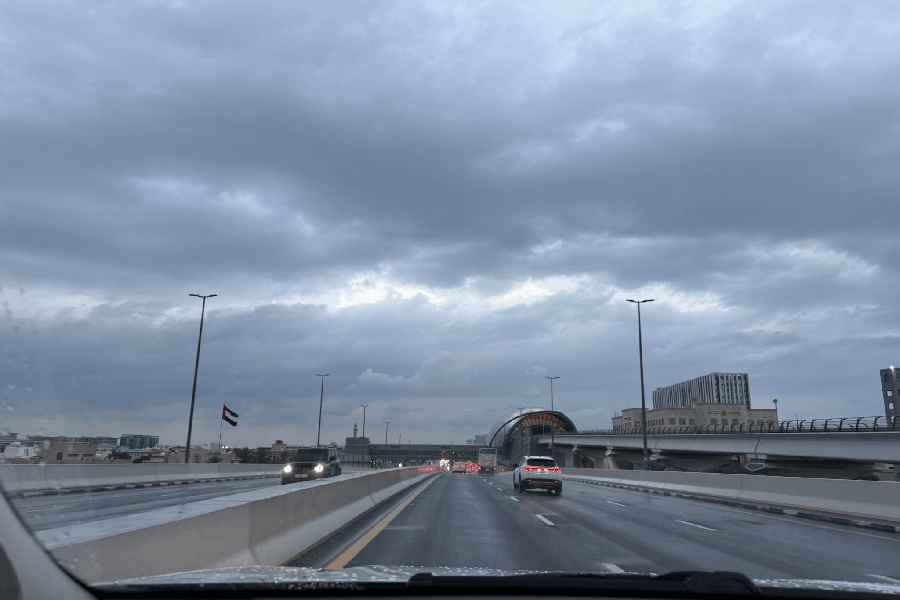The clause of protection for ancient monuments may no longer be written in stone in New India. The Union culture minister, Gajendra Singh Shekhawat, has stated that edifices that have symbolic association with colonial heritage or with ‘invaders’ apparently shame India’s heritage and culture; hence, they may be reviewed and removed from the list of protected structures. Mr Shekhawat cited an example to make his point clear: the pedestal of the statue of John Nicholson in Delhi was denotified last year. It is possible that some others would follow suit if Mr Shekhawat and the Centre have their way. There are over 3,000 such ancient structures and sites that have been declared monuments of national importance by the Ancient Monuments and Archaeological Sites and Remains Act, 1958. Apart from those that trace their lineage to Hindu dynasties, there are monuments with prominent links to Buddhism and Islam. In fact, India’s conservation ethic not only adheres to historical felicity but is also emblematic of the country’s pluralist past and traditions.
Mr Shekhawat’s assertion assumes importance because Muslim dynasties and representatives integral to India’s past are being continuously targeted, politically and culturally, by the proponents of majoritarianism. The culture minister’s remark — threat? — came in the wake of demands by Hindutva’s foot soldiers to remove the tomb of the Mughal emperor, Aurangzeb — one of the favourite targets of the sangh parivar. New India has also been a witness to persistently shrill demands of the dismantling of mosques that have allegedly been built over temples even though there is a law in the country that seeks to not alter the character of places of worship, save for the Ram temple-Babri Masjid, as they stood on August 15, 1947. Even the Taj Mahal has been transformed, with the help of Hindutva fiction, into a temple for a Hindu deity. Mr Shekhawat’s singling out of monuments built by ‘invaders’ is suggestive of a continuation of this line of toxic revisionism. These developments should also make the nation question the intent of the Bharatiya Janata Party’s decolonisation project. In the hands of the BJP, is the liberation of India’s past from the shackles of colonialism an excuse to weed out historical figures and their contributions that do not fit the sangh parivar’s regressive understanding of India’s history?










